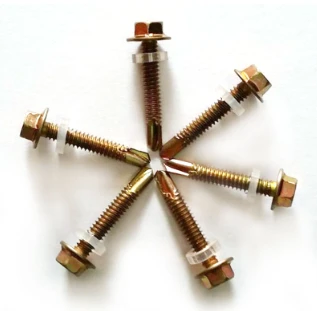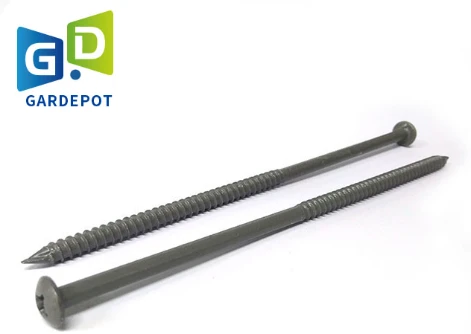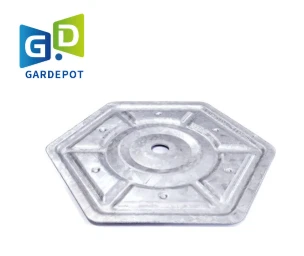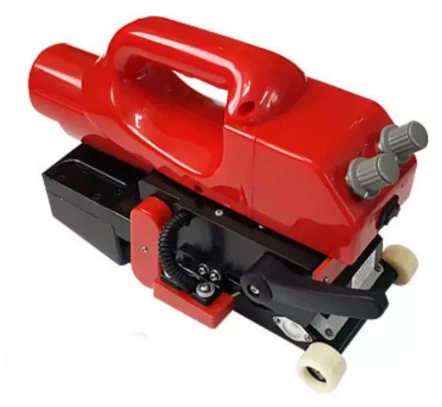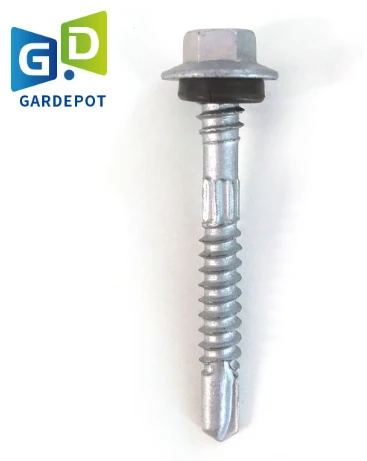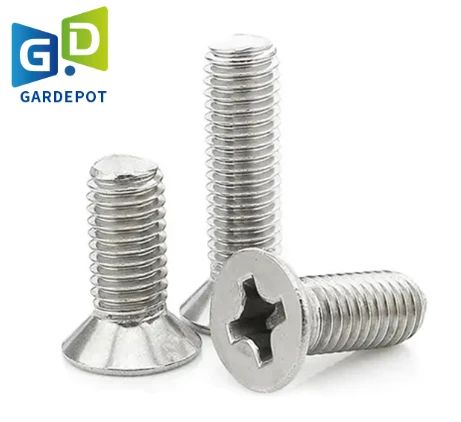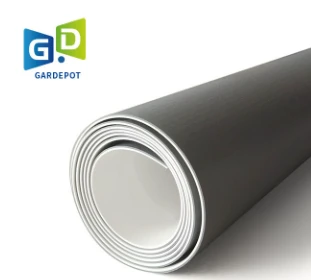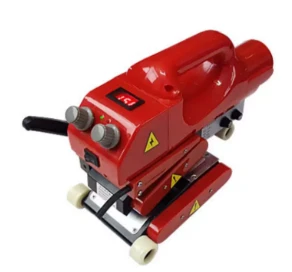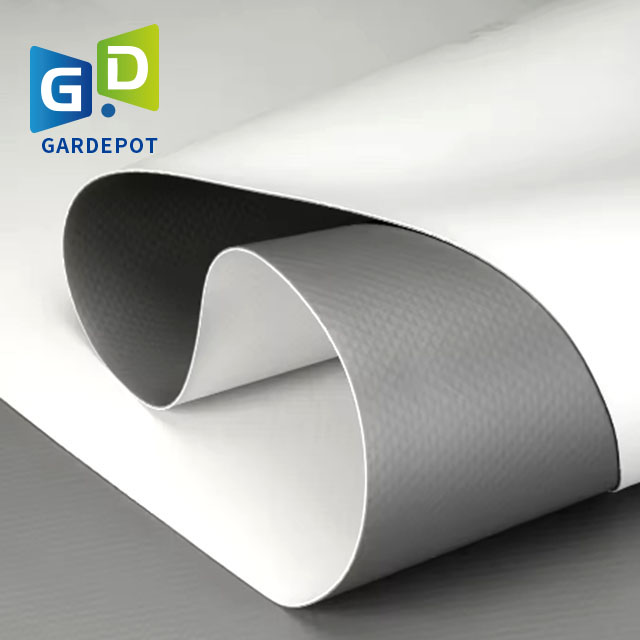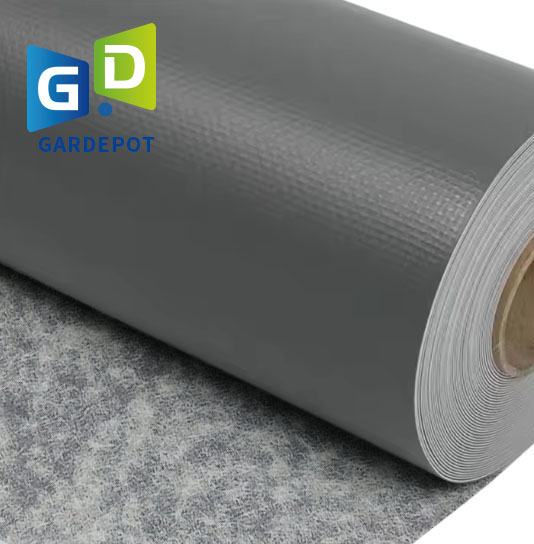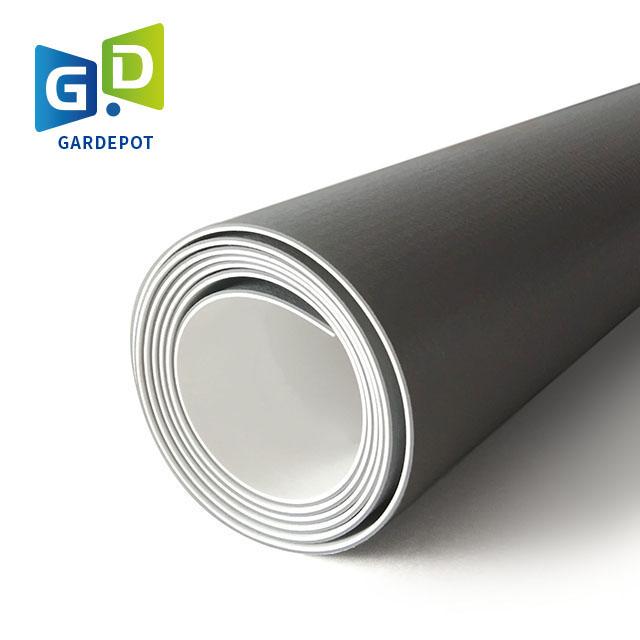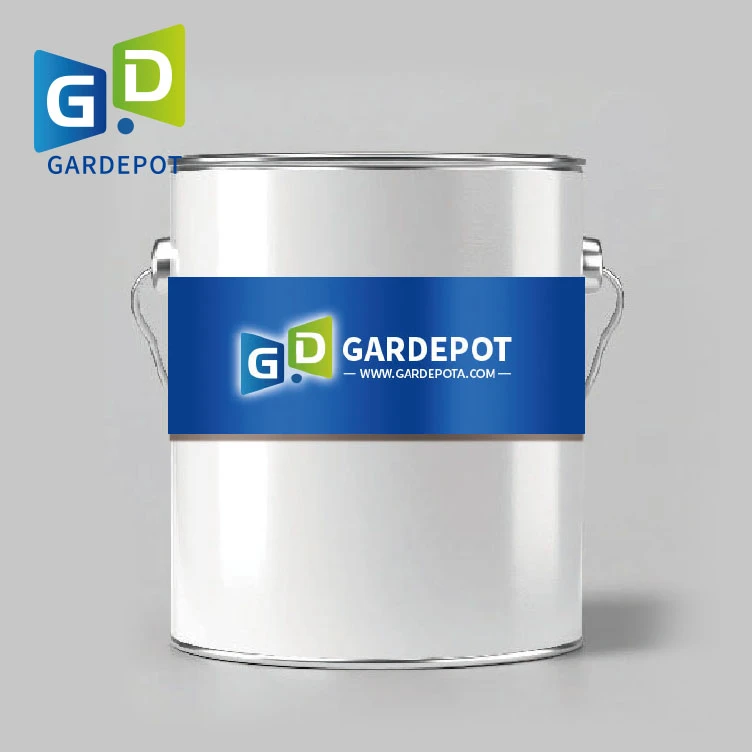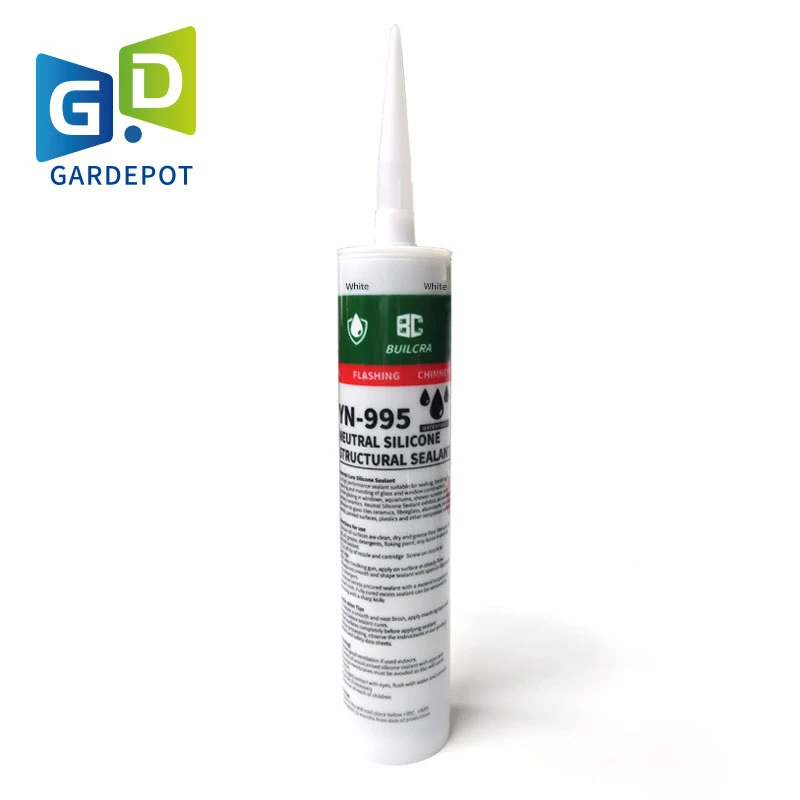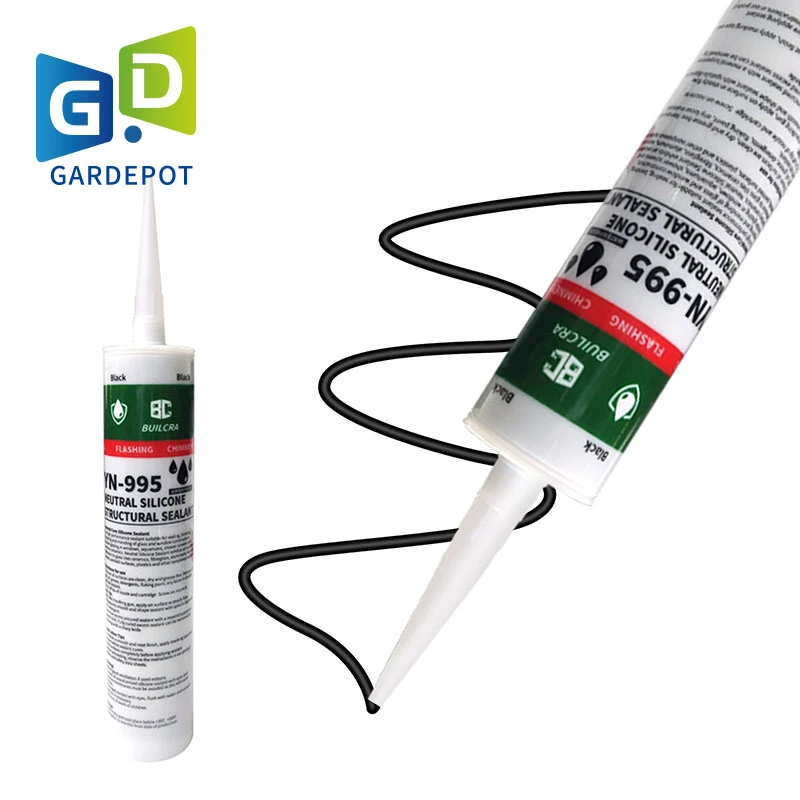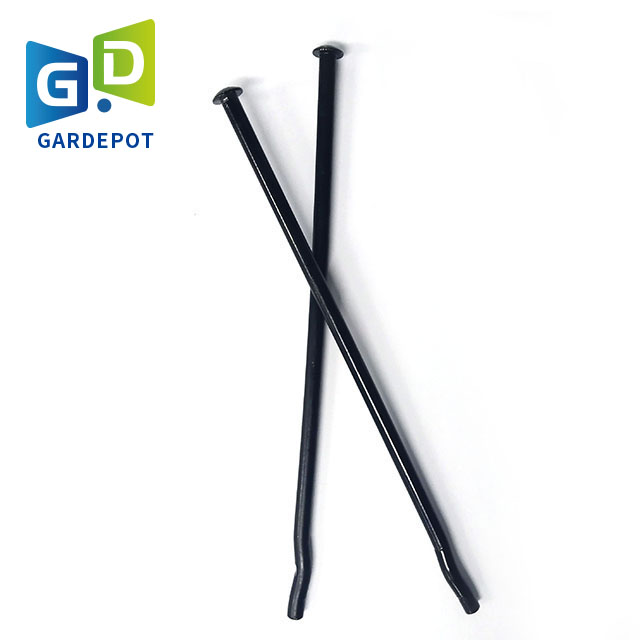Roofing Plate: The Core of Durable and Efficient Roof Systems
A well-constructed roof is essential for protecting any structure, and at its heart lies the roofing plate—a versatile component that combines strength, weather resistance, and energy efficiency. Whether you’re building a new home, renovating a commercial space, or repairing an existing roof, understanding the role of roofing plates and screws, TPO seam plates, and placas de isolamento de telhado is key to ensuring long-term durability. Let’s explore how these components work together to create robust, reliable roof systems.
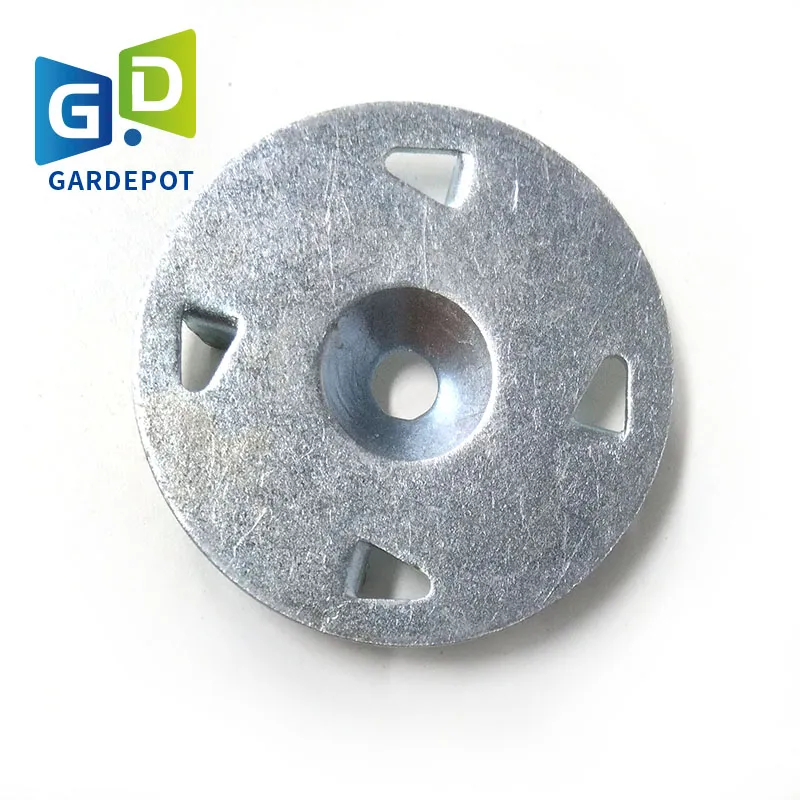
The Foundation of Roofing: Roofing Plates and Screws
Roofing plates and screws form the backbone of most modern roof systems, providing a secure and stable structure. Roofing plates, often made from metal, asphalt, or synthetic materials, serve as the primary weatherproofing layer, shielding buildings from rain, snow, UV rays, and temperature fluctuations. Their design varies based on the material—metal plates offer exceptional durability and longevity, while asphalt plates provide cost-effective flexibility.
The role of screws in roofing cannot be overstated. Roofing plates and screws work in tandem to ensure the plates are tightly fastened to the roof deck, preventing wind uplift, water infiltration, and shifting. High-quality screws, typically made from stainless steel or corrosion-resistant alloys, are designed to withstand harsh weather conditions without rusting or loosening. Their threaded design allows for precise installation, ensuring each plate is secured with consistent pressure, which is crucial for maintaining the roof’s integrity over time. Whether installing a metal roof for a warehouse or a composite roof for a residential home, the right combination of plates and screws is essential for a reliable, long-lasting result.
Ensuring Seamless Protection with TPO Seam Plates
TPO seam plates play a vital role in thermoplastic polyolefin (TPO) roofing systems, which are popular for their energy efficiency and durability. TPO membranes are composed of single-ply sheets that are welded together at the seams, but additional reinforcement is needed to ensure these joints are watertight and resistant to wear. TPO seam plates are specially designed to strengthen these seams, providing an extra layer of protection against leaks and seam failure.
Made from the same durable TPO material as the membrane itself, these plates are heat-welded over the seams, creating a seamless, monolithic barrier. This not only enhances the roof’s waterproofing capabilities but also extends its lifespan by reducing stress on the seams, which are often the most vulnerable parts of a TPO roof. TPO seam plates are ideal for commercial buildings, flat roofs, and areas exposed to extreme weather, as they offer superior resistance to UV rays, chemicals, and temperature fluctuations. Their flexibility and durability make them an essential component for ensuring the long-term performance of TPO roofing systems.
Enhancing Energy Efficiency with Roof Insulation Plates
Roof insulation plates are key to creating an energy-efficient, comfortable interior environment while reducing heating and cooling costs. These plates, typically made from materials like expanded polystyrene (EPS), extruded polystyrene (XPS), or polyisocyanurate (PIR), are installed between or over the roof deck to create a thermal barrier. By preventing heat transfer between the interior and exterior, roof insulation plates help maintain a consistent indoor temperature, reduce energy consumption, and improve overall comfort.
Beyond energy savings, placas de isolamento de telhado offer additional benefits such as noise reduction, condensation control, and enhanced structural support. They can be used in various roofing systems, from flat commercial roofs to pitched residential roofs, and their thickness can be customized based on the required R-value (thermal resistance). Modern insulation plates are also designed to be lightweight yet durable, making them easy to install while withstanding the elements. Whether you’re building a new structure or retrofitting an existing roof, incorporating high-quality insulation plates is a smart investment in long-term energy efficiency and sustainability.
The Evolution of Roofing Plates and Screws in Sustainable Construction
In the era of green building, roofing plates and screws have evolved to meet sustainability standards without compromising performance. Metal roofing plates, often made from recycled steel or aluminum, now feature energy-efficient coatings that reflect solar radiation, reducing cooling loads in summer. Similarly, screws used in these systems are increasingly crafted from recycled stainless steel, minimizing environmental impact while maintaining corrosion resistance. This eco-friendly approach extends to installation: modern roofing screws have self-drilling tips that reduce material waste, and their precise threading ensures minimal over-tightening, which can damage both plates and the roof deck. By integrating sustainable materials with innovative design, roofing plates and screws now play a dual role in protecting structures and contributing to global efforts in carbon reduction, proving that durability and environmental responsibility can coexist in roofing solutions.
FAQ About High-Quality Roofing Plates
What advantages do Roofing Plates and Screws offer for roof durability?
Roofing plates and screws provide a secure, tight fit that prevents water infiltration and wind damage. The plates act as a weatherproof barrier, while corrosion-resistant screws ensure long-term stability without rusting or loosening. This combination ensures the roof can withstand harsh conditions, reducing the risk of leaks and structural issues.
How do TPO Seam Plates improve the waterproofing of a roof?
TPO seam plates reinforce the welded seams of TPO roofing membranes, creating a seamless, watertight barrier. By covering and strengthening these vulnerable areas, they prevent leaks and extend the roof’s lifespan, making them essential for maintaining the integrity of TPO roofing systems, especially in areas prone to heavy rain or extreme temperatures.
What R-value should I choose for Roof Insulation Plates?
The ideal R-value for placas de isolamento de telhado depends on your climate zone and building requirements. In colder regions, higher R-values (e.g., R-30 to R-40) are recommended to prevent heat loss, while warmer areas may require R-15 to R-30 to reduce heat gain. Consult local building codes or an energy expert to determine the optimal R-value for your project.
Can Roofing Plates be installed on both flat and pitched roofs?
Yes, roofing plates are versatile and can be adapted for both flat and pitched roofs. Metal plates, for example, are commonly used on pitched roofs for their durability, while TPO or PVC plates are popular for flat commercial roofs. Always choose plates designed for your roof’s slope and consult a professional for proper installation.
How do Roof Insulation Plates contribute to energy savings?
Roof insulation plates create a thermal barrier that reduces heat transfer, keeping interiors cooler in summer and warmer in winter. This minimizes the need for heating and cooling, leading to significant energy savings over time. Additionally, proper insulation can extend the life of HVAC systems by reducing their workload, making it a cost-effective investment for any building.
From the structural support of roofing plates and screws to the waterproofing power of TPO seam plates and the energy efficiency of placas de isolamento de telhado, each component plays a crucial role in creating a robust, reliable roof. Whether you’re a homeowner, contractor, or business owner, prioritizing high-quality roofing components ensures your structure remains protected, energy-efficient, and durable for years to come. With the right combination of these elements, your roof will not only withstand the elements but also contribute to the overall comfort and sustainability of your space.

